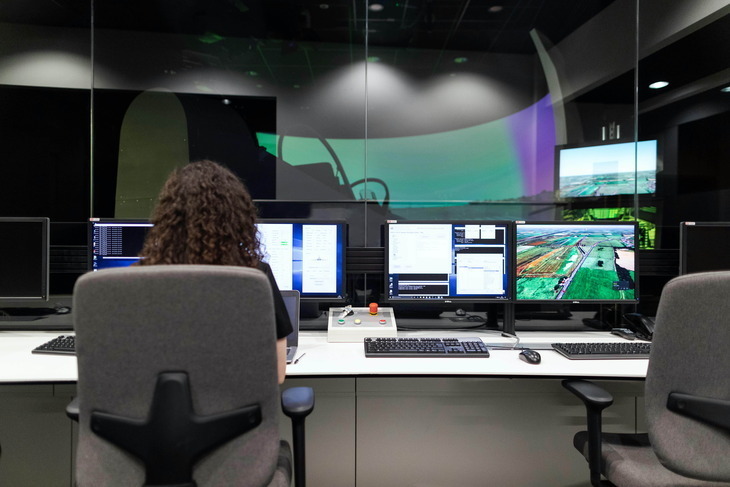
Nuclear fusion is a vast field, with numerous physics phenomena, diverse experimental setups, complex calculations, and simulations conducted by various research teams. Given that data is generated over a variety of geometries and physical parameters, structured frameworks and interfaces are necessary to ensure seamless interoperability between teams and their respective data structures.
ITER is developing a standard for fusion data, the Integrated Modelling and Analysis Suite (IMAS). We have developed a pythonic, flexible interface for data stored with the IMAS Access Layer. We are now working on enabling access with the modern data processing ecosystem, using tooling such as xarray, netCDF and intake.
We have developed a new IMAS integrated modelling simulation framework built on MUSCLE3, which is currently used in JINTRAC and in the European Transport Simulator (ETS-PAF).
This framework is the foundation of the ITER Pulse Design Simulator Tool, which we are developing in consortium with CEA and Université Côte d'Azur. This new simulation tool will combine magnetic equilibrium evolution simulation with core transport modelling, and integrate it with the ITER plasma control systems through synthetic diagnostics.
Developing an easy to interpret digital twin with predictive power, requires robust physics-based models. While machine learning methods can aid this process, they should not serve as the sole foundation. Enhancing simulators with ML surrogates allows us to leverage potential performance gains while ensuring the reliability and accuracy of results.
Let's discuss digital twins, integrated modelling and control systems!